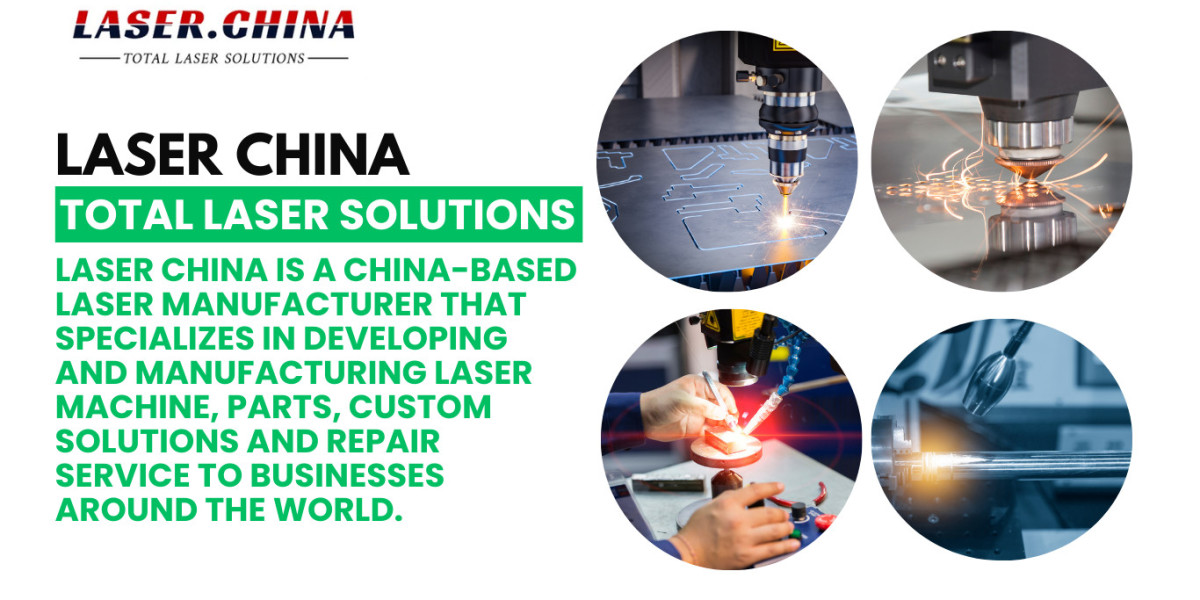Fiber laser welding is an advanced manufacturing technology that has gained popularity in recent years due to its precision, efficiency, and versatility. It is a type of welding that uses a fiber laser as the heat source to melt and join metals or thermoplastics. This process is particularly valuable in industries where high-quality welds are essential, such as automotive, aerospace, electronics, and medical device manufacturing. Here, we will explore the key advantages of fiber laser welding and its various applications in modern manufacturing.
Advantages of Fiber Laser Welding
High Precision and Control
One of the primary advantages of fiber laser welding is its ability to deliver highly precise and controlled welds. Fiber lasers generate a very concentrated beam of light, which can be focused on a tiny spot, allowing for extremely fine and accurate welds. This makes fiber laser welding ideal for applications that require delicate work, such as in the production of small components or intricate designs in the electronics or medical device industries. The high precision also reduces the need for post-weld processing, saving time and improving the overall efficiency of the manufacturing process.Faster Welding Speeds
Fiber laser welding is faster than many traditional welding methods. The speed is especially noticeable in automation and mass production scenarios, where throughput is critical. A faster welding process means less downtime between operations, increased production rates, and ultimately a reduction in labor costs. The high-speed capabilities of fiber laser welding make it ideal for industries where rapid manufacturing is essential, such as automotive or aerospace, where large quantities of parts are produced in a short amount of time.Minimal Heat-Affected Zone (HAZ)
Another significant benefit of fiber laser welding is the minimal heat-affected zone (HAZ) it produces. A smaller HAZ minimizes the risk of thermal distortion or damage to surrounding materials, which is crucial when working with sensitive materials. This feature is particularly important in industries where material integrity and precision are vital, such as in the aerospace and medical device sectors. It helps prevent the risk of component failure due to heat damage and ensures a high-quality weld with minimal deformation.No Need for Filler Material
In many cases, fiber laser welding can be performed without the need for filler materials. This eliminates the need to add extra material to the weld pool, which can complicate the welding process and increase costs. The ability to weld without filler material is advantageous in applications where the use of filler could compromise the properties of the weld or the final product. This feature is particularly valuable in industries like electronics or jewelry, where maintaining the material’s original properties is crucial.Energy Efficiency
Fiber lasers are known for their energy efficiency compared to traditional welding methods. Since fiber lasers can deliver high power with minimal energy loss, they are more cost-effective to operate in the long run. This reduced energy consumption is especially beneficial in large-scale production environments, where cost savings can significantly improve the overall profitability of a business. Additionally, fiber laser systems often require less maintenance, further reducing operational costs.
Applications of Fiber Laser Welding
Automotive Industry
In the automotive industry, fiber laser welding is used to join components such as body panels, exhaust systems, and structural parts. The precision and speed of fiber laser welding make it ideal for the automotive sector, where high-quality welds are essential for safety and durability. The ability to weld thin, high-strength materials without distortion is especially valuable in producing lightweight and fuel-efficient vehicles.Aerospace
The aerospace industry relies on fiber laser welding for joining critical components in aircraft and spacecraft. The minimal heat input and high precision of fiber laser welding ensure that the materials retain their mechanical properties, which is essential for safety and performance in aerospace applications. Fiber lasers are used for welding titanium, stainless steel, and other high-performance alloys commonly used in aerospace manufacturing.Medical Devices
In the medical device industry, fiber laser welding is employed to fabricate small, intricate components such as surgical instruments, implants, and diagnostic equipment. The ability to perform fine, high-precision welds without damaging sensitive materials is crucial in this sector, where product reliability and biocompatibility are paramount. Fiber laser welding also allows for the joining of materials with different properties, which is often necessary in medical applications.Electronics
Fiber laser welding plays a critical role in the electronics industry, particularly for welding small, delicate components such as circuit boards, connectors, and sensors. The ability to focus the laser beam to a very small spot enables manufacturers to create highly detailed welds in compact spaces. Additionally, fiber laser welding can be used to join dissimilar materials, such as joining metals to plastics, which is common in the production of electronic devices.Jewelry and Watchmaking
In the jewelry and watchmaking industries, fiber laser welding is used to join precious metals and intricate parts with extreme precision. The heat-affected zone is kept to a minimum, preserving the integrity and appearance of delicate materials. Fiber laser welding allows for the creation of intricate designs and fine details that are essential for high-end jewelry pieces and timepieces.
Conclusion
Fiber laser welding has revolutionized the manufacturing industry by offering several advantages, including high precision, fast welding speeds, minimal heat-affected zones, and energy efficiency. These advantages make it ideal for a variety of applications in industries such as automotive, aerospace, electronics, medical devices, and jewelry. As laser technology continues to advance, it is likely that fiber laser welding will play an even more prominent role in modern manufacturing, helping businesses achieve higher quality, greater efficiency, and cost savings.








